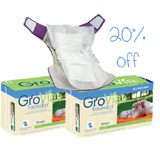What are the benefits of cloth diapering?
Over the last decade many mothers around the world have started to cloth diaper but does this growing trend really make sense or are we just all wannabe hippies jumping on the tree hugging bandwagon.
Pros and cons, you make up your own mind :
1) Plastic vs cotton – A happy baby is a happy mother some say. Cloth diapers have a soft internal cotton structures that allows for better breathability and fit, which is more like a cotton underwear than a plastic one.

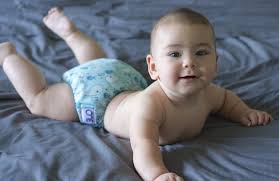
Baby wearing disposable diaper vs Baby wearing cloth diaper
We cannot assume that all individuals like wearing breathable cotton undies themselves, there may be individuals that enjoy wearing plastic undies for whatever reason and feel they should start the kids of young. For the rest of yous imagine how it would feel to have plastic scratching against your skin, marking your body the whole day, and then tell me if you feel like smiling on demand afterwards.
2) Rage against the rash: With quality cloth diapers every part that touches the child is cotton therefor there is no reaction to plastic materials when urine is introduced. The organic materials used in making some Cloth Diapers like Grovia are made of materials such as organic cotton hence a parent would worry less about baby’s skin reacting against chemicals in plastic when urine is produced.
Although there is overwhelming feedback from parents that are grateful to cloth diapers for eradicating rashes from babies bottoms, on the other side of the scale, rashes worldwide have been outraged by the development of Cloth Diapers. They have not been able to flourish of babies bottoms as much anymore like they used to, back in the good old days of disposable diapers. Poor rashes.
So the question we really need to ask ourselves, which team do we want to support:
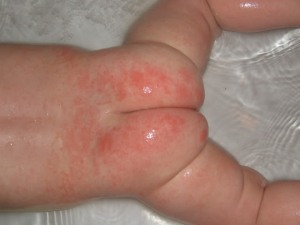
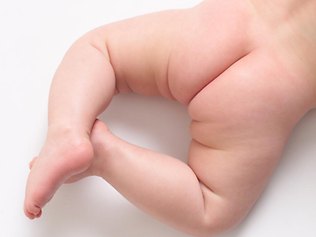
Team Rashes vs Team Healthy Bums
3) Get on that bog kiddo – One of the biggest comments reported by Cloth Diapering parents worldwide is that their children potty train faster. There is also overwhelming proof online that ever since the introduction of disposable diapers in the 1950s children have been potty training later in life.
 vs
vs 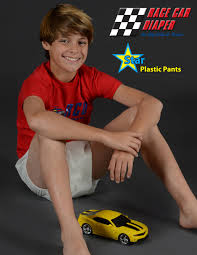
4) Cloth diapering is so expensive !!! …..Really????!!!
The cost of using disposable diapers using the best selling disposable diaper in Malaysia:
0-2 months of age @ 12 diapers per day x 30 days
Cost per 1 day = RM 18.00
Cost per month = RM 1,080 (USD 257)
2-6 months of age @ 10 diapers per day X 30 days
Cost per 1 day = RM 58.00
Cost per month = RM 6,960 (USD 1,657)
6-12 months of age @ 8 diapers per day X 30 days
Cost per 1 day = RM 22.00
Cost per month = RM 3,960 (USD 942)
12-24 months of age @ 7 diapers per day X 30 days
Cost per 1 day = RM 10.00
Cost per month = RM 3,600 (USD 857)
24-30 months of age @ 6 diapers per day X 30 day
Cost per 1 day = RM 10.00
Cost per month = RM 1,800 (USD 428)
30-36 months of age @ 6 diapers per day X 30 days
Cost per 1 day = RM 10.00
Cost per month = RM 1,800 (USD 428)
Total cost up to 36 months RM 19,200 (USD 4,571)
*At the time of writing this article the exchange rate used was MYR 4.20 = USD 1.00
Using cloth diapers such as Grovia for example:
Tiny Tapir Live set ( RM 1,600 = USD 380) : 12 Shells, 24 Soakers , which from reports of customers suffices.
Disposable diapers vs cloth diapers: RM 19, 200 – RM 1,600 = RM 17,600 savings even if you purchased 2 Live savings will total to RM 16,000 savings
5) If looks matter:
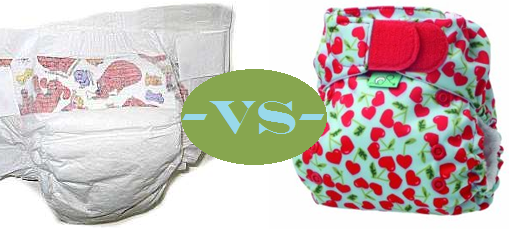
Maybe plastic chic will be in next fall.
6) A little effort goes a long way – But cloth diapering is just so hard ..blah blah blah
Cloth Diapers

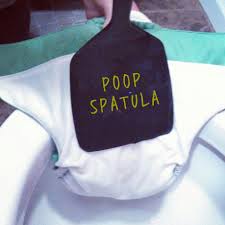


No additional waste besides human waste, reuse, keep our planet clean, think about your children’s future planet, teach by example.
Disposable diapers
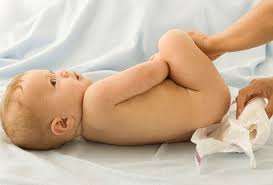
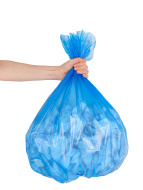
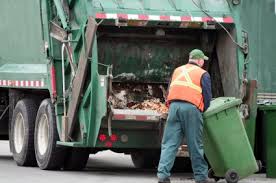



We are all aware of the effects of what happens after we throw away a disposable diaper.
To learn more about Cloth Diaper visit at http://www.tinytapir.com

